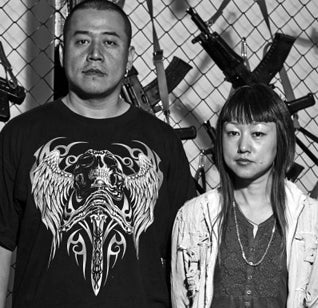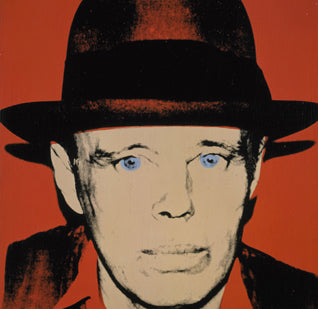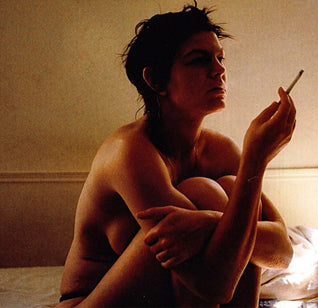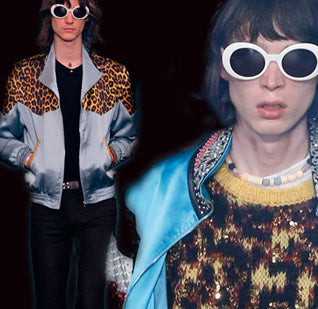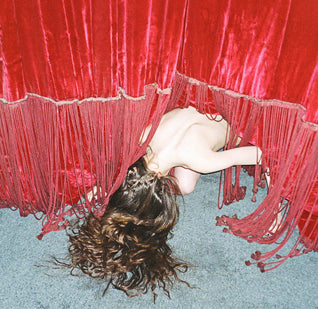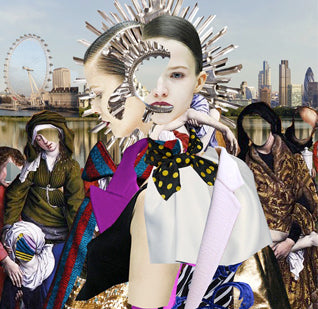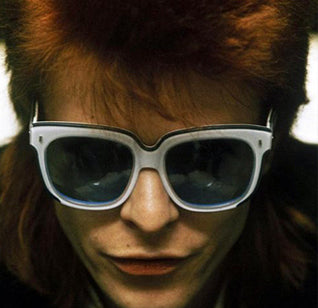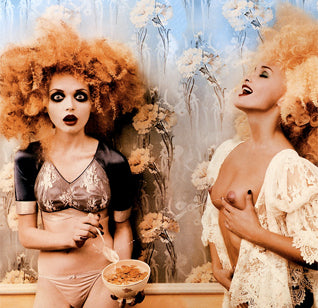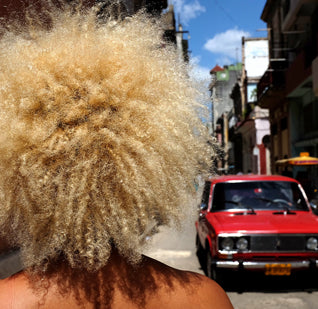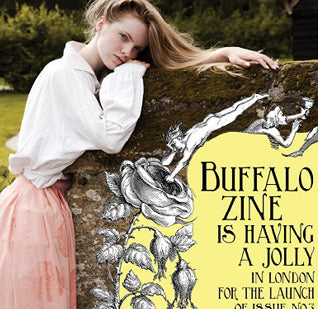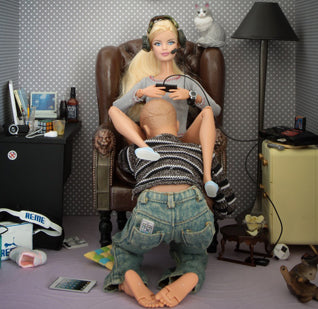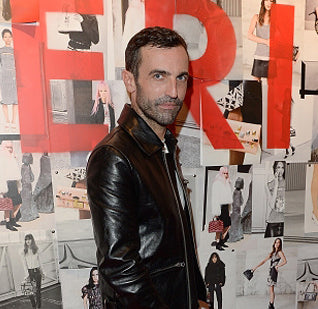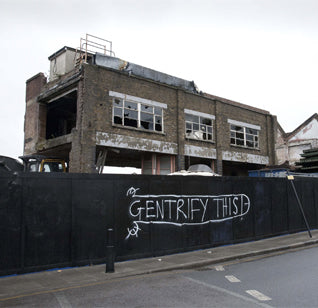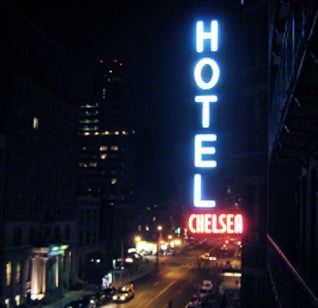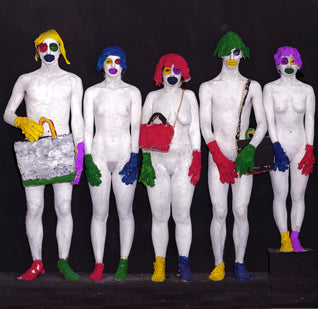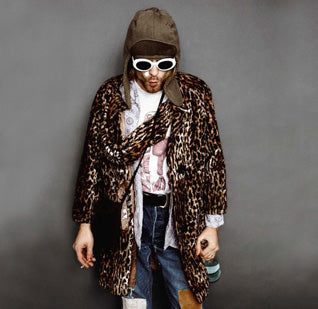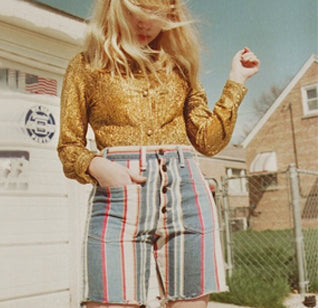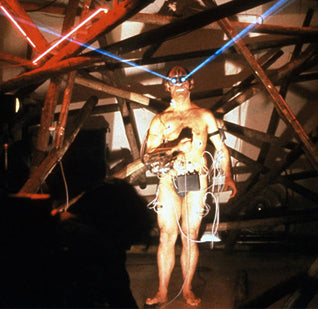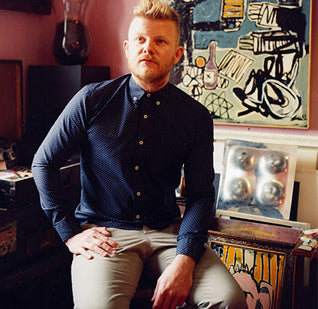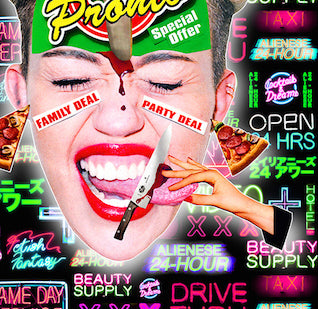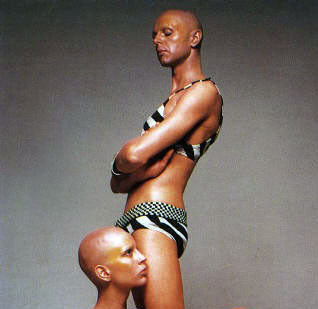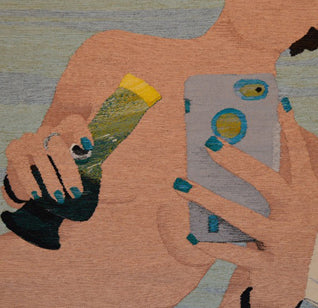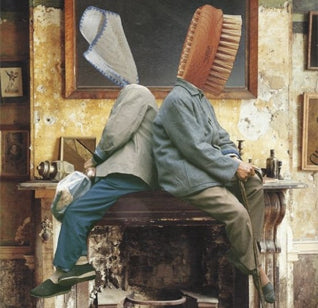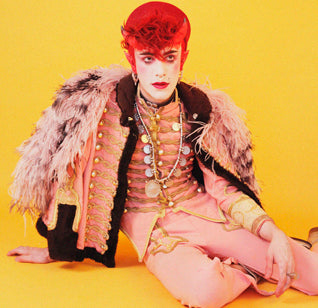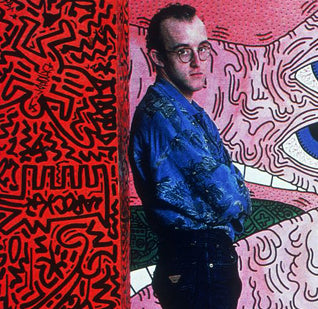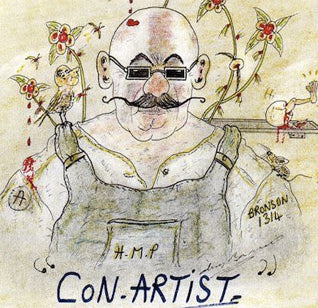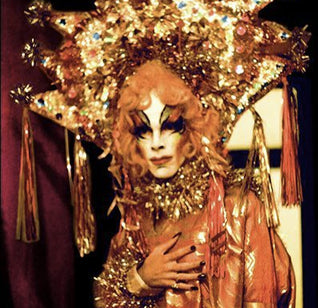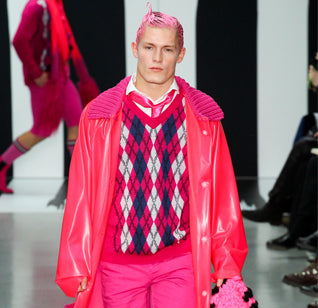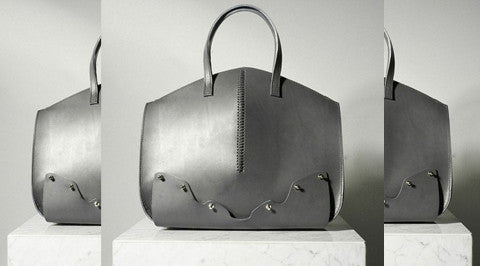'80S ICON KEITH HARING’S POP SHOP
The Art and Commerce of Giving Back
by Alessandro Esculapio
A few years ago, a friend gifted me underwear with a Keith Haring print for Christmas. She knew I liked his work, and so did she, but due to my subconscious horror for, and poorly simulated fascination with, museum paraphernalia I couldn’t help feeling sad about what looked like the umpteenth corporate attempt to profit from an artist’s legacy. Not longer after that, however, I found out that Keith Haring himself endorsed the production of, among other things, t-shirts, pins, posters, jackets, radios and watches, which he sold in his own store, aptly called Pop Shop. My snobbish, Adorno-sympathising side was happily disappointed.

Left: Keith Haring wearing one of his t-shirts. Photograph by Robin Holland for The Guardian, 2001 Right: Keith Haring in the Tokyo Pop Shop, 1988
After moving to the city in 1978 to attend classes at SVA, he reached his early fame with his subway graffitis and drawings, which by 1984 were regularly removed and sold to museums without him knowing. After realising what was happening, Haring decided to focus on other forms of public art (which included collaborative projects with children), site-specific commissions, graphic design and advertising. Haring’s relationship with art world was always ambiguous, as the art cognoscenti often labeled his art, just like Warhol’s, as too commercial. As he later explained in an interview for Rolling Stone in 1989, “it [my work] started in the subways, it began in popular culture and was absorbed and accepted by the popular culture before the other art world had time to take credit for it.”

Keith Haring’s drawing in the subway in 1983. Photo by Chantal Regnault
Encouraged by his friend Andy Warhol and the numerous unauthorised products that were already populating the market, Haring decided to endorse the creation of shirts himself, confident that the public would recognise the originals. Following this decision, Haring inaugurated The Pop Shop April 19th, 1986, on 292 Lafayette Street in SoHo. T-shirts became an immediate best-seller, probably because, as Haring later said “they’re like a wearable print – they’re art objects.”

Left: Advertising for “Witches” in The Face. Right: Runway photograph from the A/W 1984-85 “Witches” collection.
Keith Haring saw the Pop Shop as a window on the world that allowed more people than ever before to have access to his art. For him it was all about participation, in line with what Warhol and other contemporaries were doing.

Left: Keith Haring’s skirt worn by Grace Jones during a 1987’s performance in NYC, originally created for the video of her 1986’s single “I Am Not Perfect”. Right: Keith Haring and LA II (Little Angel Ortiz), Jacket for Madonna’s performance at Paradise Garage, 1984
The initiative was so successful that a Pop Shop in Tokyo opened in 1988. Created in collaboration with Kaz Kuzui and Fran Rubel Kuzui and consisting of two shipping containers welded together, it lasted only two months. In fact, by then the Japanese market was already saturated with well-done copies of Haring’s merchandise. Drawing from the country’s popular imagination and history, products included some original objects specifically tailored to the Japanese audience.

Haring died of AIDS shortly after, in 1990, at 31 years old. Following the event, The Pop Shop became an even more important presence in New York: it became not only a space where his legacy was kept alive, but also as an international pilgrimage destination for his fans. According to a mandate of the Keith Haring Foundation, established by the artist himself in 1990, all of the profits until the shop’s closure in 2005 were donated to AIDS-related causes, charities and educational institutions.
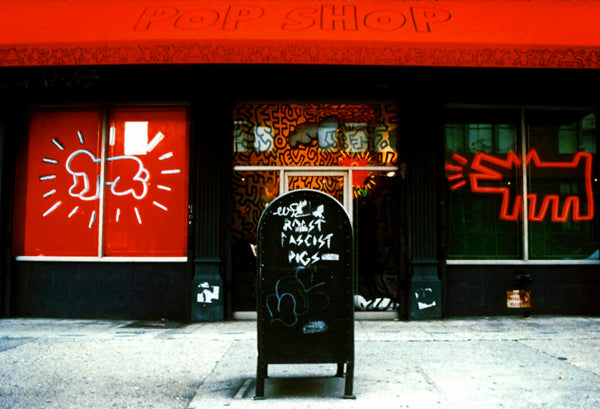
Pop Shop exterior on Lafayette Street, 1986
In many ways, the Pop Shop truly embodied Haring’s beliefs and art statement. Looking back at it today, the store epitomises the constant struggle of artists who try to make a living with their art while maintaining the integrity of their work. Much more than just the tale of a commercial venture, the story of the Pop Shop speaks of the modern state of art and its makers.

